MORE EQUIPMENT FROM THE DARK AGES.
My first tools post is the most popular of the 65 posts that I’ve made so far. So following the Hollywood tradition, there has to be a sequel. Here are some more of the common things that we used to have in the graphics studio. Thank you to everyone who gave me an idea for this. Of course, there are many more tools that I haven’t covered, so I will do yet another post about them in the future.
Airbrush
This is the model that I used. The DeVilbiss Aerograph Super 63. I had many exciting moments spraying paint and ink.
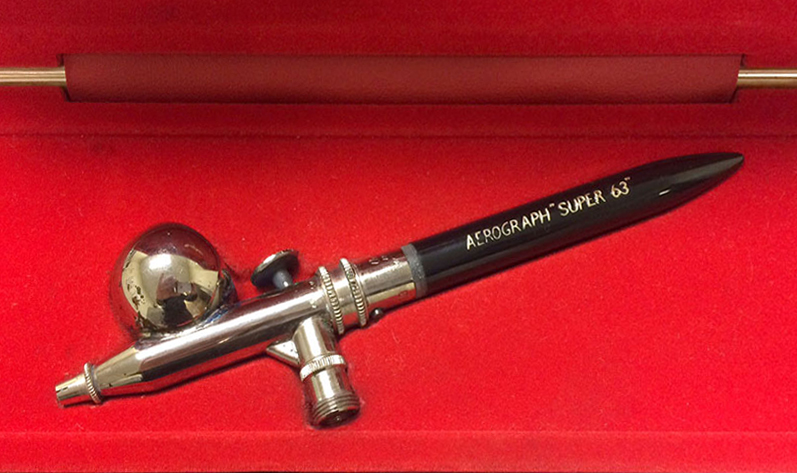
Special templates
It wasn’t all about ellipses and circles. There were many other types, for specialized use.
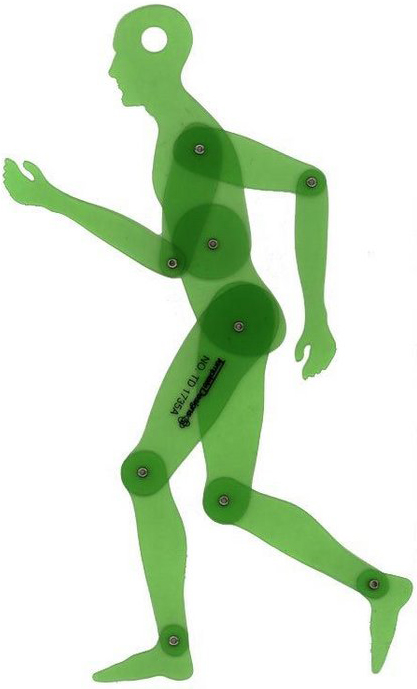
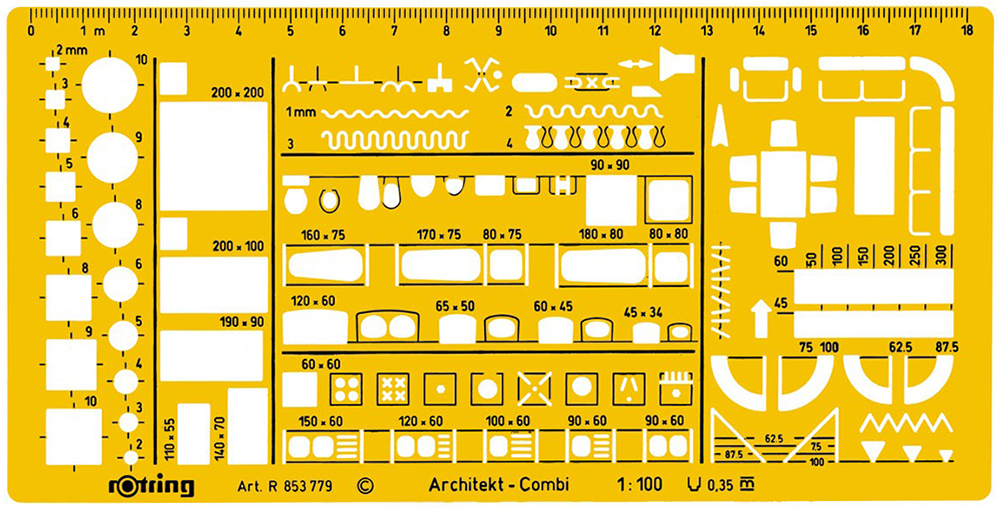
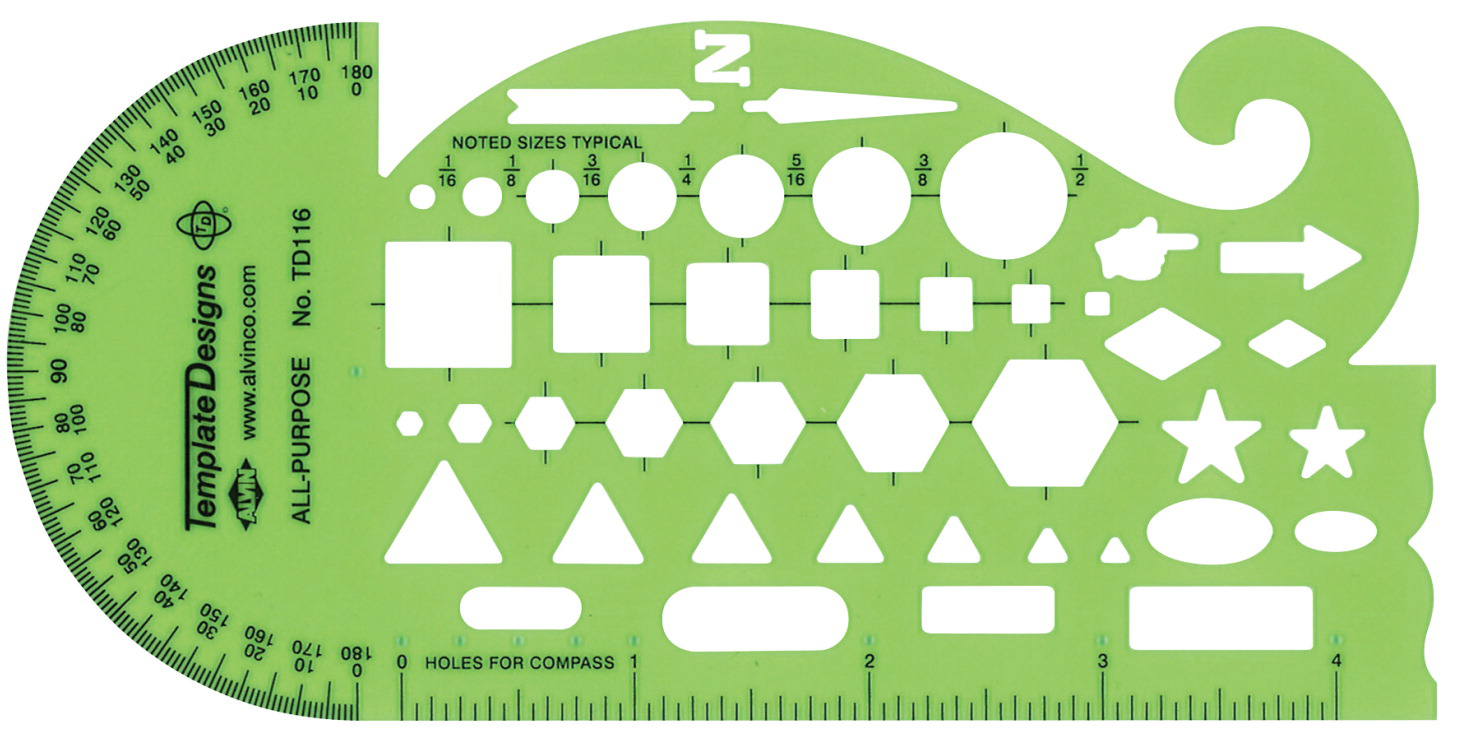
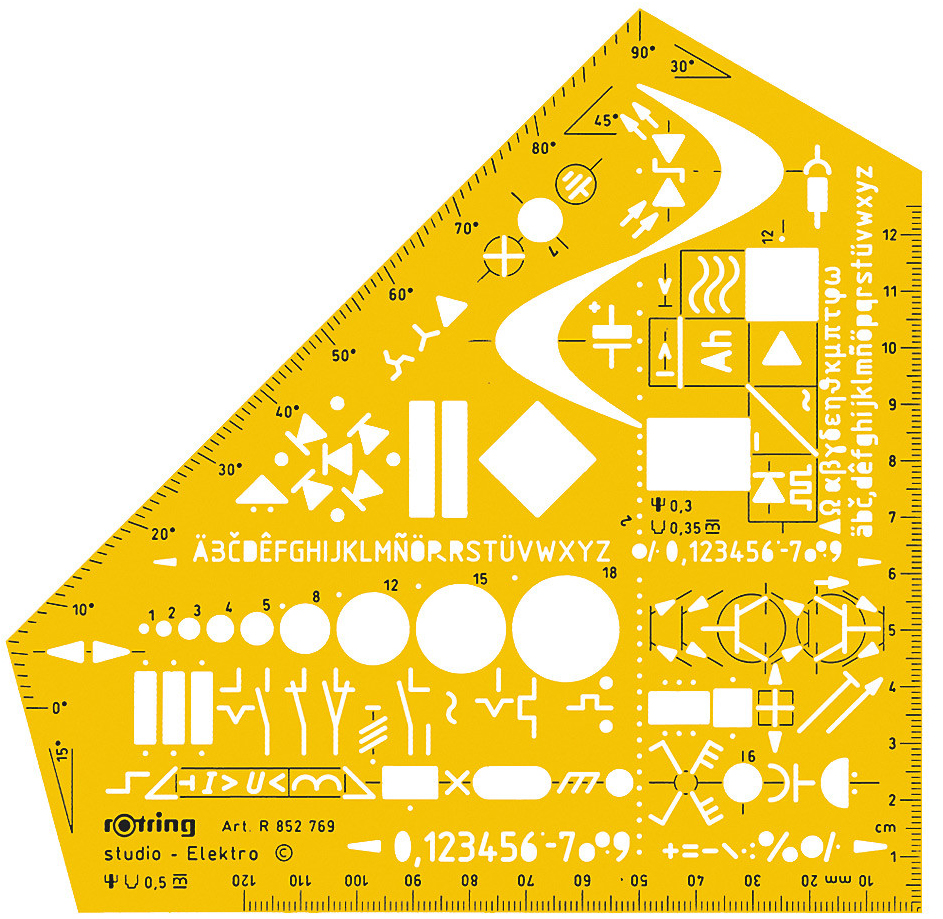
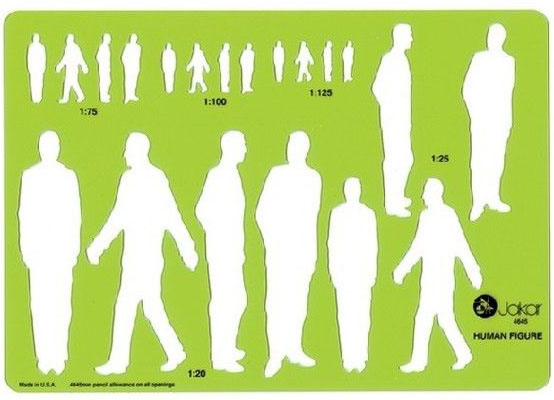
Map wheel
For measuring distances on maps. You would set the scale, and start rolling it between places. Remember, there was no internet!
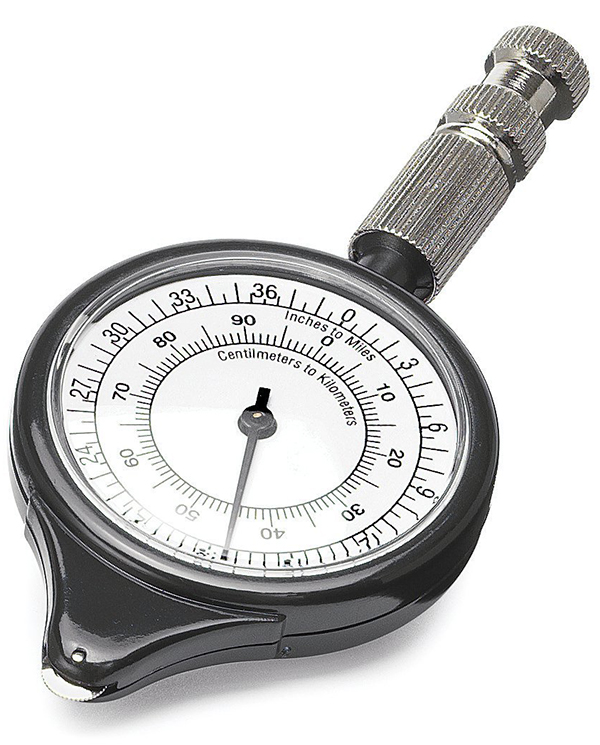
Graphic tape
Adhesive-backed tape, available in many widths and styles. We could potentially create almost perfect rules and boxes using a knife such as the one shown below.
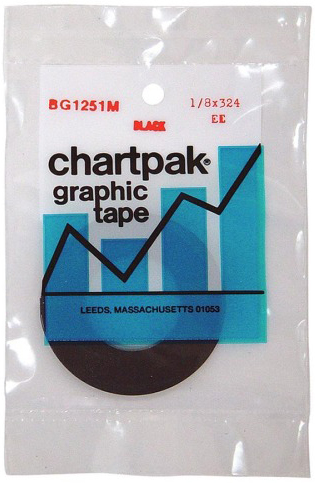
Surgical scalpel
We were like surgeons. Well, kind of. The Swann Morton scalpel is frighteningly sharp. Of course, there were accidents. (The X-Acto knife was popular in the U.S.)

Rubylith film
Shown in previous posts about mechanical art. Essential for creating intricate overlays that would be converted to process colors for printing. I loved cutting it with the scalpel, and peeling back the red top layer. I would pretend that it was a surgical prodecure: “Hand me my scalpel!” “Yes, doctor”.
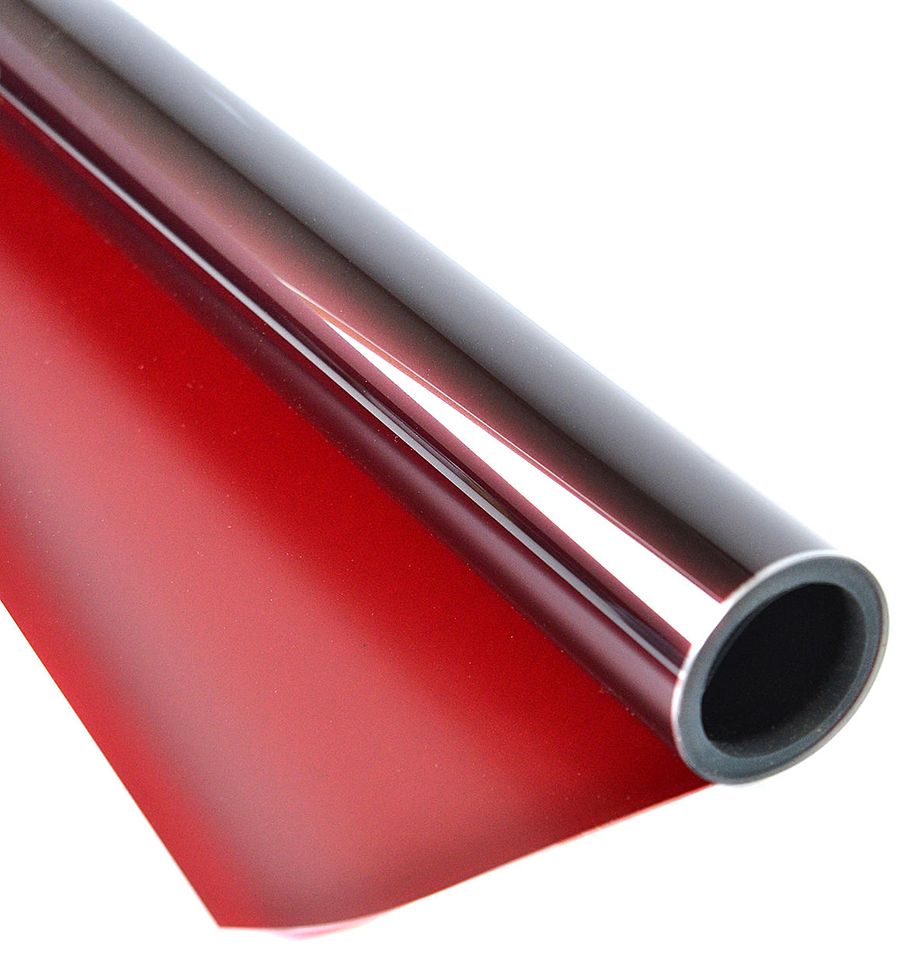
Frisket film
Adhesive film for masking when airbrushing. Did not damage the delicate paint surface.
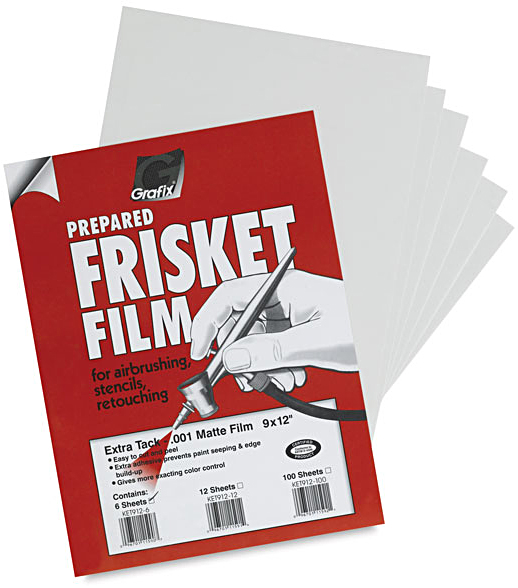
Rubber cement
Used for sticking down anything that was on paper. Surplus glue could be easily cleaned up with a ball made from… rubber cement. In the U.K. we used “Cow Gum”. There is absolutely no connection to the large animals that we see eating grass in fields. The glue was manufactured by the F.P. Cow Company.
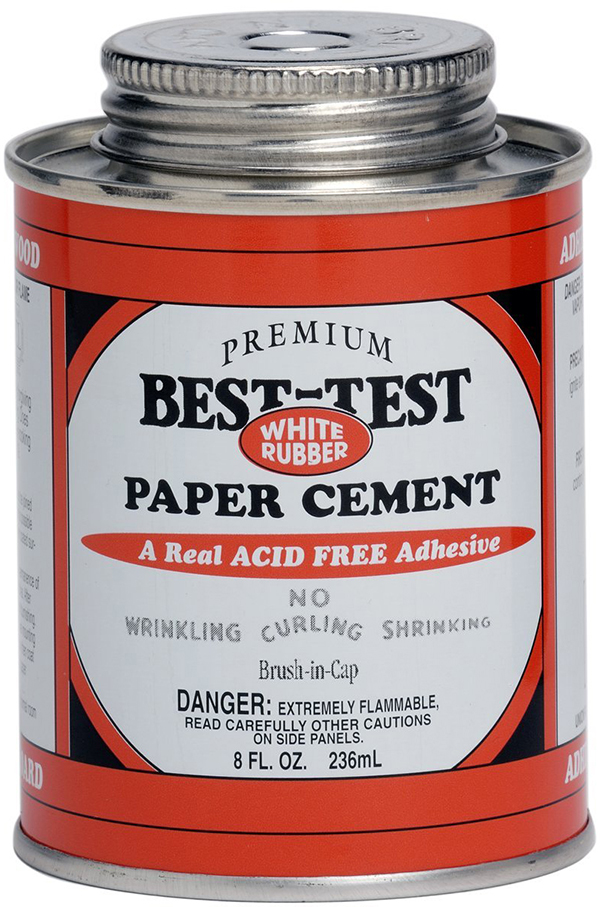
Waxer
Hot wax largely replaced rubber cement where I worked. You could reposition things easily. I love the name: ‘Lectro-Stik”.
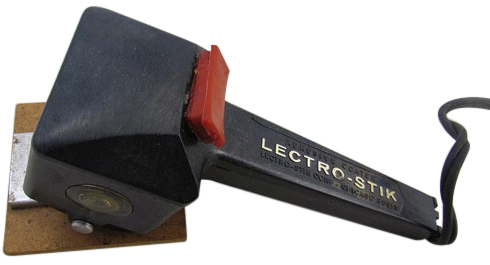
Solvent
Good for cleaning up artwork and equipment. We used to carelessly leave the cap off, and I used to smoke. I have no idea how I avoided blowing up the graphics department.
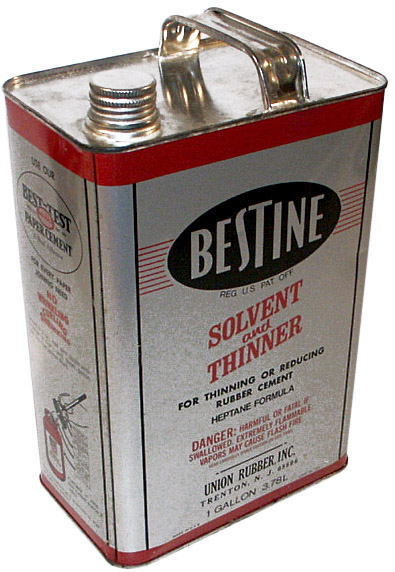
Letraset
One way to get some typesetting was to rub down each individual letter from a dry-transfer sheet. It was slow, and really only practical for headlines. We had a stack of sheets with rarely used characters on them. “Anyone have any vowels in 24 pt Helvetica?”
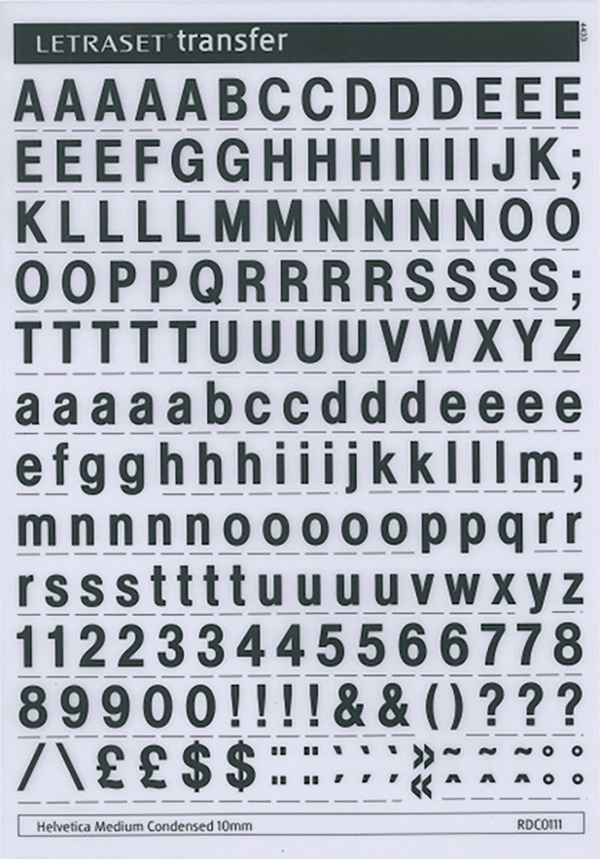
Railroad pen
For drawing roads. Try using this when you’ve had a few drinks.

